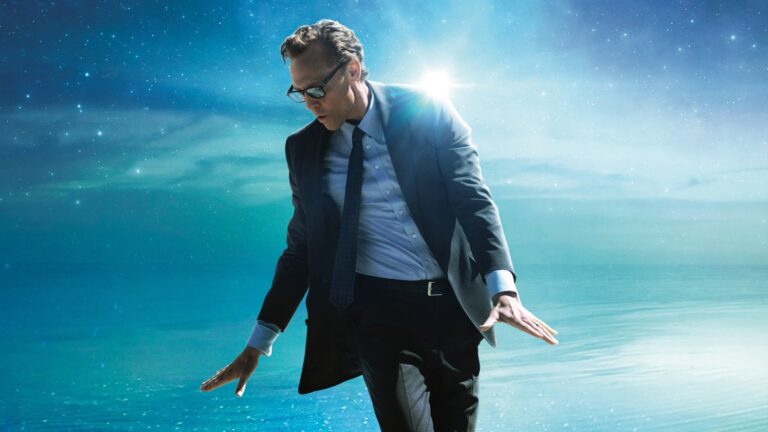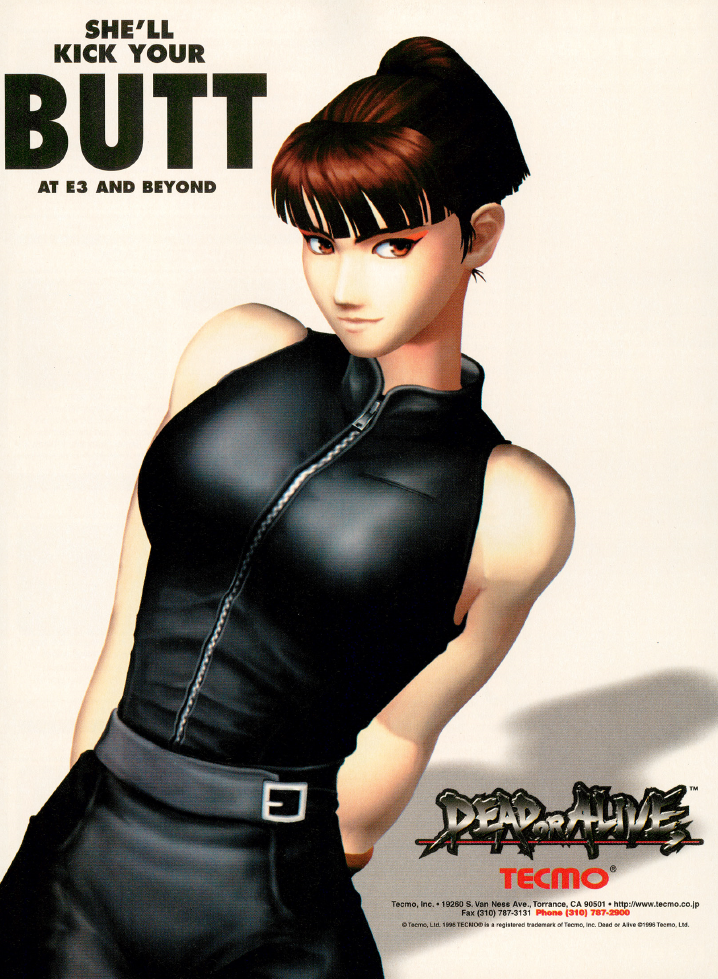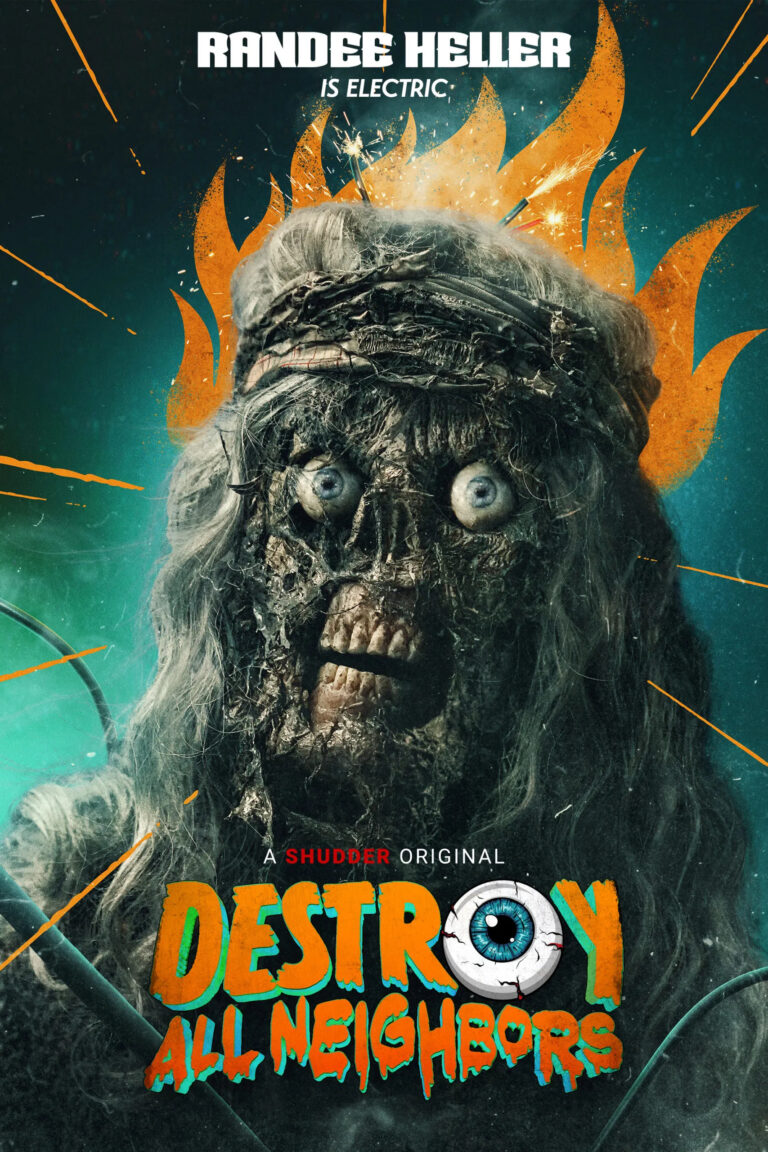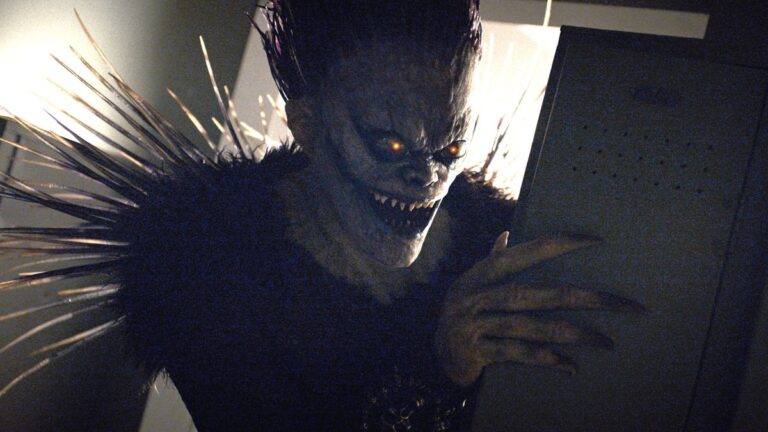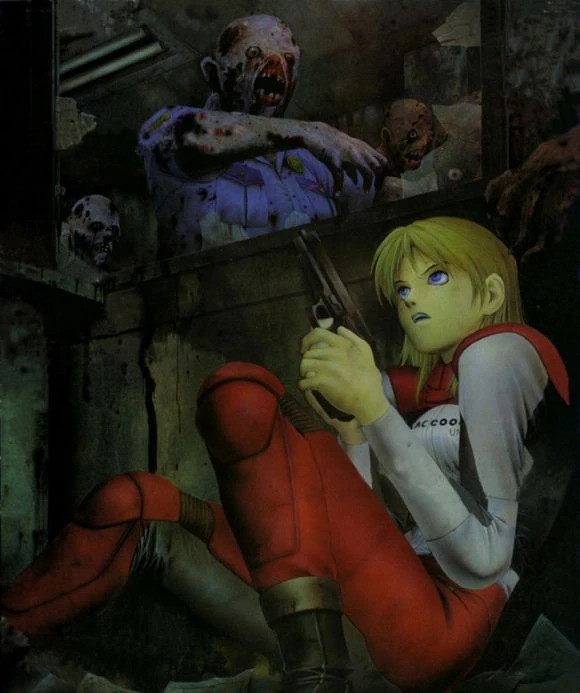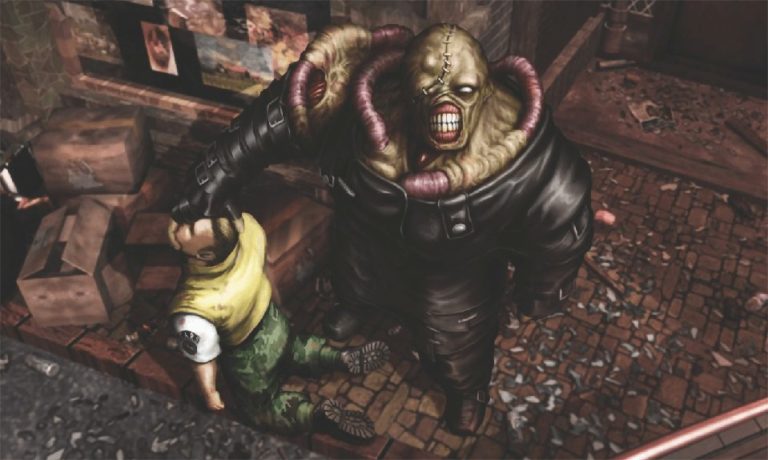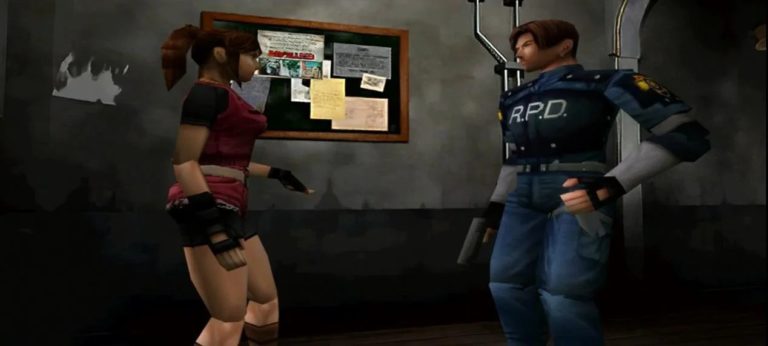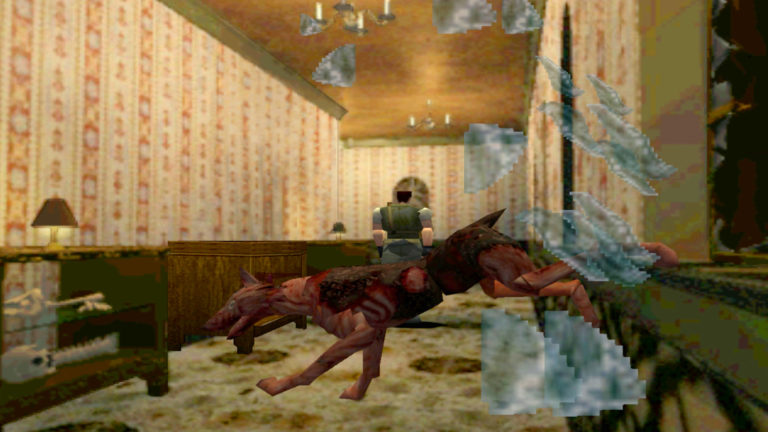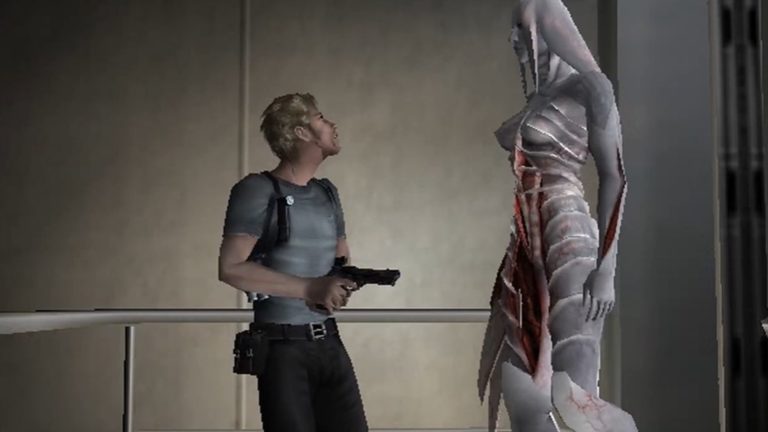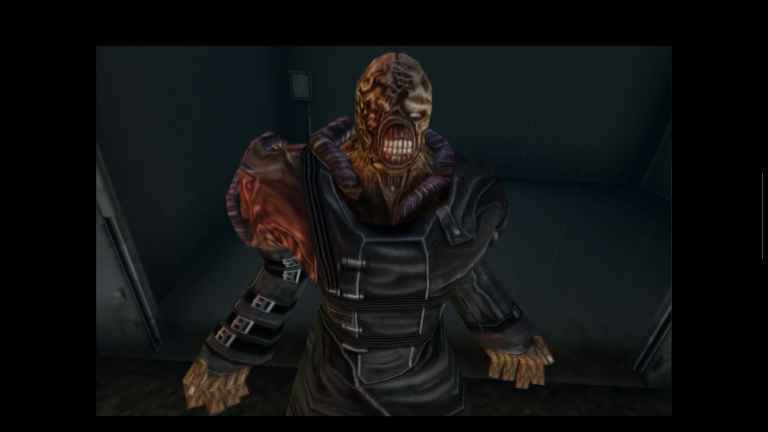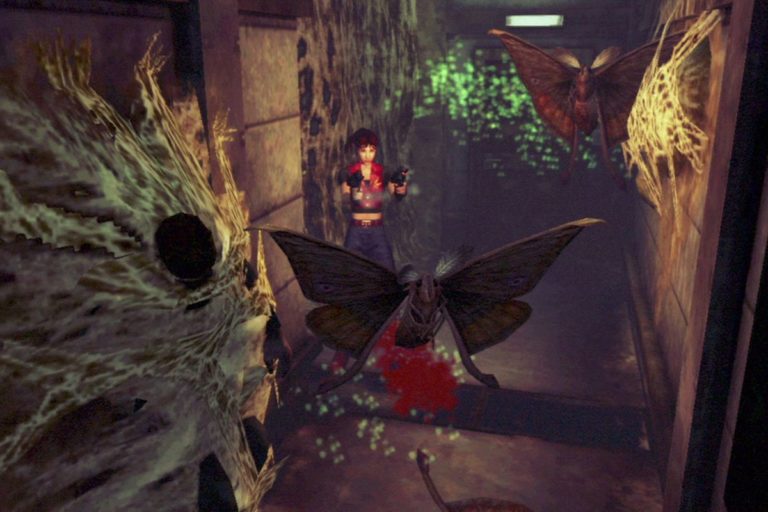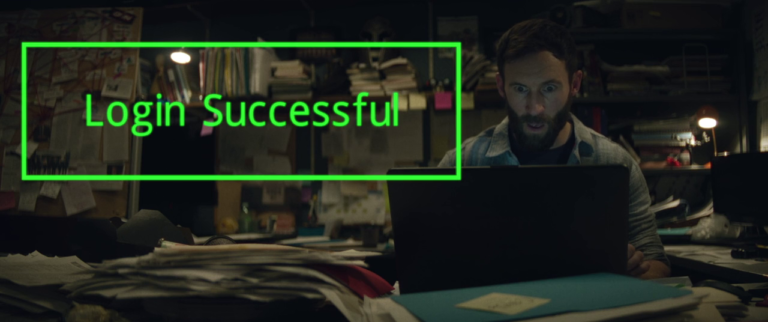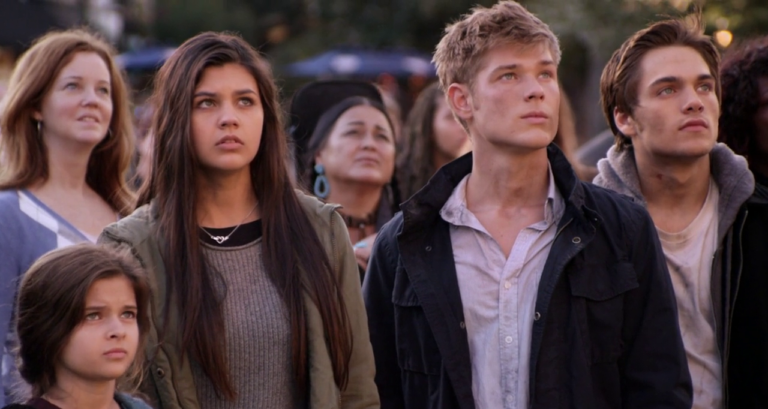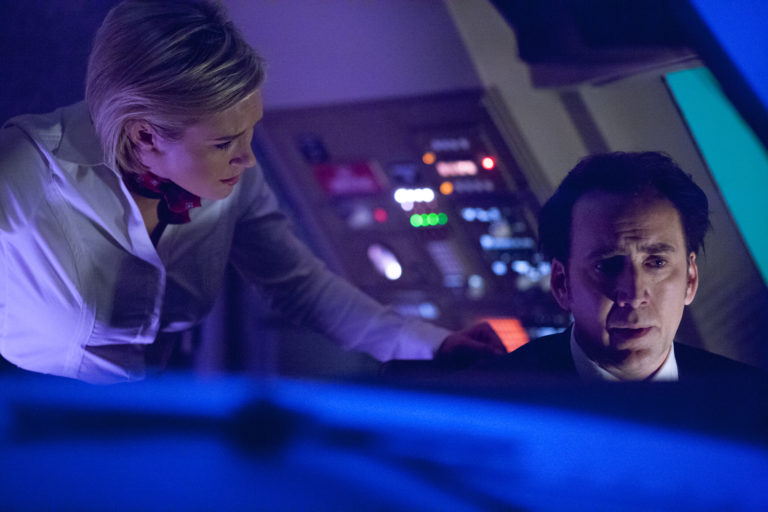It’s mid-December, so that means another count-down of my favourite movie posters of the past year! In...
horror
While I was researching and writing my article about the PSM video game girl swimsuit issues, I...
It’s mid-December, so that means another count-down of my favourite movie posters of the past year! In...
Rounding out this new series of favourite and least favourite media, we have my list of the...
Welcome back to a very special bonus entry in the Resident Evil love/hate series! In this entry...
Welcome back to the Resident Evil love/hate series! In this entry we’ll be going over the original...
Welcome back to the Resident Evil love/hate series! In this entry we’ll be going over the original...
Welcome back to the Resident Evil love/hate series! Now that we’ve been through all the main entries...
Welcome back to the Resident Evil love/hate series! In this entry we’ll be going over the third,...
Welcome back to the Resident Evil love/hate series! In this entry we’ll be going over one of...
Welcome back to the Resident Evil love/hate series! It has been quite a while since the last...
Welcome back to the Left Behind retrospective! We have finally reached the most recent entry in the...
Welcome back to the Left Behind retrospective! In this entry we’ll be going over the fifth film...
Welcome back to the Left Behind retrospective! In this entry we’ll be going over the fourth film...
